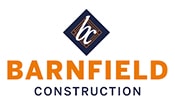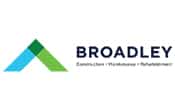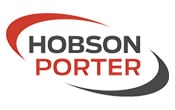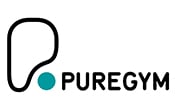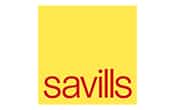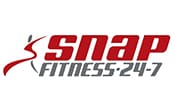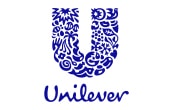Event Noise Monitoring and Noise Management for a Festival.

Noise at Work Surveys & Assessments
We have many years of experience in providing workplace noise surveys and assessment services to enable compliance with the Control of Noise at Work Regulations 2005.
At NOVA Acoustics Ltd, we provide nationwide advice and assessment of noise at work.
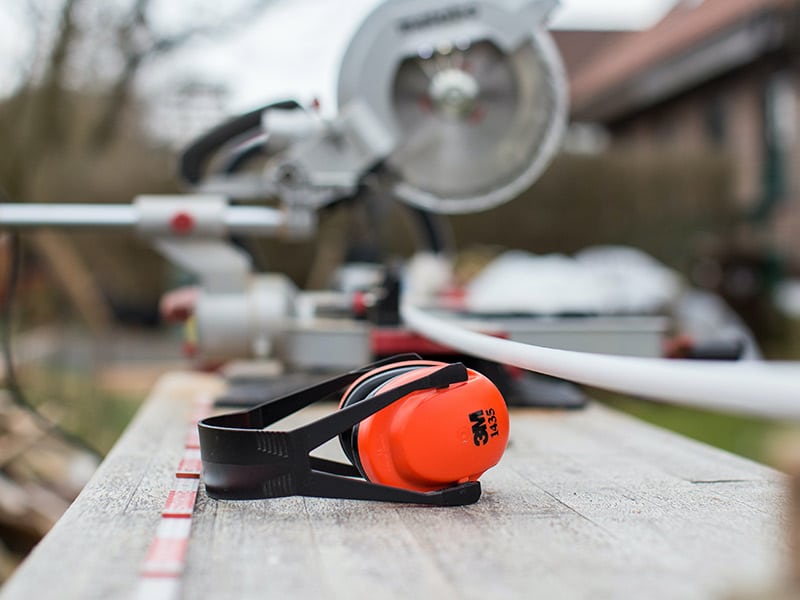
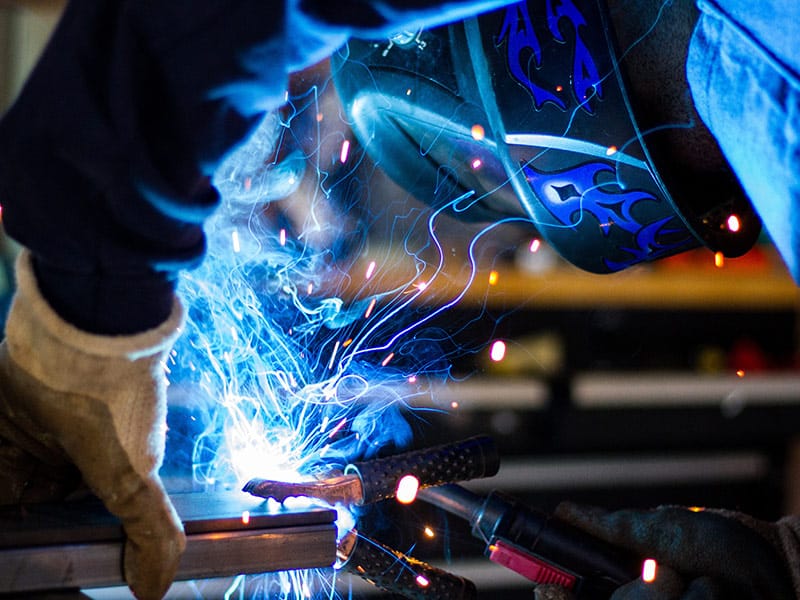
Within the UK, all employers have an obligation to protect their employees. Employers are required to undertake an assessment of risks to its employees health and safety from noise exposure within the workplace.
The preferred method of assessing this risk is by undertaking a workplace noise monitoring survey. This noise at work risk assessment will allow the company to formulate an action plan to reduce employees exposure to noise, as required by the regulations. The regulations require appropriate assessment and analysis of noise within the workplace and evidence that steps have been taken to prevent and reduce exposure to noise risks.
Get the Noise Levels Assessed in your workplace with out Noise at Work Risk Assessments.
Thousands of UK workplaces expose employees to significant yet preventable noise levels, so call us today to ensure you are compliant with your legal requirements. The Control of Noise at Work Regulations 2005 outline how employers need to prevent and manage excessive noise in the workplace, so it is important you ensure the measures you have in place are compliant.
Our noise at work survey consultants are fully competent and recognised by the Institute of Acoustics. They will conduct a site survey to establish the noise levels your workforce is exposed to. The consultant will undertake an analysis of the noise hazards in your workplace and will establish whether the lower and upper exposure action values are being exceeded. The personal daily dose will be predicted, and measures will be identified to eliminate or reduce risk, control noise exposure and protect employees.
You will receive a technical report analysing the results and presenting recommendations, on appropriate control measures that are to be implemented, including hearing protection, hearing protection zones and health surveillance. The report will plainly and simply outline the employer’s duties and how to comply with the Control of Noise at Work Regulations 2005.
FAQs
Noise At Work Assessments must be undertaken if employees are likely to be exposed to noise at above lower noise exposure action values set out by the HSE. The Control of Noise at Work Regulations 2005 (Noise Regulations 2005) require employers to prevent or reduce risks to health and safety from exposure to noise at work.
As a simple guide you will likely require a noise at work assessment if any of the following apply:
- Is the noise intrusive for most of the working day? Examples could include exposure to noise from a busy street, a vacuum cleaner or a crowded restaurant.
- Do your employees have to raise their voices to carry out a normal conversation when about 2 m apart for at least part of the day?
- Do your employees use noisy powered tools or machinery for more than half an hour each day?
- Do you work in a noisy industry? Examples can include; construction, demolition or road repair, woodworking, plastics processing, engineering, textile manufacture, general fabrication, forging, pressing or stamping, paper or board making, canning or bottling, foundries.
- Is there noise due to impacts (such as hammering, drop forging, pneumatic impact tools etc), explosive sources such as cartridge operated tools or detonators, or guns? Noise can also be a safety hazard at work, interfering with communication and making warnings harder to hear. Some examples of typical noise levels are shown in the graphic.
The Control of Noise at Work Regulations 2005 (Noise Regulations 2005) require employers to prevent or reduce risks to health and safety from exposure to noise at work. Employees have duties under the Regulations too.
The Regulations require you as an employer to:
- Assess the risks to your employees from noise at work;
- Take action to reduce the noise exposure that produces those risks;
- Provide your employees with hearing protection if you cannot reduce the noise exposure enough by using other methods;
- Make sure the legal limits on noise exposure are not exceeded;
- Provide your employees with information, instruction and training;
- Carry out health surveillance where there is a risk to health.
The Regulations do not apply to:
- members of the public exposed to noise from their non-work activities, or making an informed choice to go to noisy places;
- low-level noise that is a nuisance but causes no risk of hearing damage.
- Employers in the music and entertainment sectors have until 6 April 2008 to comply with the Noise Regulations 2005. Meanwhile they must continue to comply with the Noise at Work Regulations 1989, which the 2005 Regulations replace for all other workplaces.
The Noise Regulations require you to take specific action at certain action values.
These relate to:
- the levels of exposure to noise of your employees averaged over a working day or week; and
- the maximum noise (peak sound pressure) to which employees are exposed in a working day.
The values are:
- lower exposure action values:
- daily or weekly exposure of 80 dB;
- peak sound pressure of 135 dB;
- upper exposure action values:
- daily or weekly exposure of 85 dB;
- peak sound pressure of 137 dB.
Noise at work can cause hearing loss that can be temporary or permanent. People often experience temporary deafness after leaving a noisy place. Although hearing recovers within a few hours, this should not be ignored. It is a sign that if you continue to be exposed to the noise your hearing could be permanently damaged. Permanent hearing damage can be caused immediately by sudden, extremely loud, explosive noises, eg from guns or cartridge-operated machines.
But hearing loss is usually gradual because of prolonged exposure to noise. It may only be when damage caused by noise over the years combines with hearing loss due to ageing that people realise how deaf they have become. This may mean their family complains about the television being too loud, they cannot keep up with conversations in a group, or they have trouble using the telephone. Eventually everything becomes muffled and people find it difficult to catch sounds like ‘t’, ‘d’ and ‘s’, so they confuse similar words.
Hearing loss is not the only problem. People may develop tinnitus (ringing, whistling, buzzing or humming in the ears), a distressing condition which can lead to disturbed sleep.
Remember: Young people can be damaged as easily as the old.
If you answered ‘yes’ to any of the questions in the section ‘Do you have a noise problem?’, you will need to assess the risks to decide whether any further action is needed, and plan how you will do it.
The aim of the risk assessment is to help you decide what you need to do to ensure the health and safety of your employees who are exposed to noise. It is more than just taking measurements of noise – sometimes measurements may not even be necessary.
Your risk assessment should:
- Identify where there may be a risk from noise and who is likely to be affected;
- Contain a reliable estimate of your employees’ exposures, and compare the exposure with the exposure action values and limit values;
- Identify what you need to do to comply with the law, eg whether noise-control measures or hearing protection are needed, and, if so, where and what type; and
- Identify any employees who need to be provided with health surveillance and whether any are at particular risk.
The purpose of the Noise Regulations 2005 is to make sure that people do not suffer damage to their hearing – so controlling noise risks and noise exposure should be where you concentrate your efforts. Wherever there is noise at work you should be looking for alternative processes, equipment and/or working methods which would make the work quieter or mean people are exposed for shorter times. You should also be keeping up with what is good practice or the standard for noise control within your industry.
Where there are reasonably practicable things you can do to reduce risks from noise, that are reasonably practicable, they should be done. However, where noise exposures are below the lower exposure action values, risks are low and so you would only be expected to take actions that are relatively inexpensive and simple to carry out.
Where your occupational noise assessments shows that your employees are likely to be exposed at or above the upper exposure action values, you must put in place a planned programme of noise control. How do I use the information from my risk assessment? Your risk assessment will have produced information on the risks and an action plan for controlling noise. Use this information to:
Tackle the immediate risk, eg by providing hearing protection.
- Identify what is possible to control noise, how much reduction could be achieved and what is reasonably practicable.
- Establish priorities for action and a timetable (eg, consider where there could be immediate benefits, what changes may need to be phased in over a longer period of time and the number of people exposed to the noise in each case).
- Assign responsibilities to people to deliver the various parts of the plan.
- Ensure the work on noise control is carried out.
- Check that what you have done has worked.
There are many ways of reducing noise and noise exposure – often a combination of methods works best. First think about how to remove the loud noise altogether. If that is not possible, do all you can to control the noise at source, consider redesigning the workplace and reorganising working patterns. Take measures to protect individual workers if you need to. Consider the following:
- Use a different, quieter process or quieter equipment, e.g. Can you do the work in some other quieter way? Can you replace whatever is causing the noise with something that is less noisy?
- Introduce a low-noise purchasing policy for machinery and equipment.
- Introduce engineering controls: o Avoid metal-on-metal impacts, eg line chutes with abrasion-resistant rubber, and reduce drop heights.
Vibrating machine panels can be a source of noise – add material to reduce vibration (‘damping’). - Isolate vibrating machinery or components from their surroundings, eg with antivibration mounts or flexible couplings.
- Fit silencers to air exhausts and blowing nozzles.
- Modify the paths by which the noise travels through the air to the people exposed, e.g. Erect enclosures around machines to reduce the amount of noise emitted into the workplace or environment.
- Use barriers and screens to block the direct path of sound.
- Position noise sources further away from workers.
- Design and lay out the workplace for low noise emission, eg:
- Use absorptive materials within the building to reduce reflected sound, eg open cell foam or mineral wool.
- Keep noisy machinery and processes away from quieter areas.
- Design the workflow to keep noisy machinery out of areas where people spend most of their time.
- Limit the time spent in noisy areas – every halving of the time spent in a noisy area will reduce noise exposure by 3 dB. Proper and regular maintenance of machinery and equipment is essential as it will deteriorate with age and can become noisier. Listen out for changes in noise levels – it may be time to replace worn or faulty parts.
Recent Projects
Noise Impact Assessment of a BESS (Battery Energy Storage Site) for planning permission.
Noise Impact Assessment of a Padel Club to support a planning application.
Who we work with


